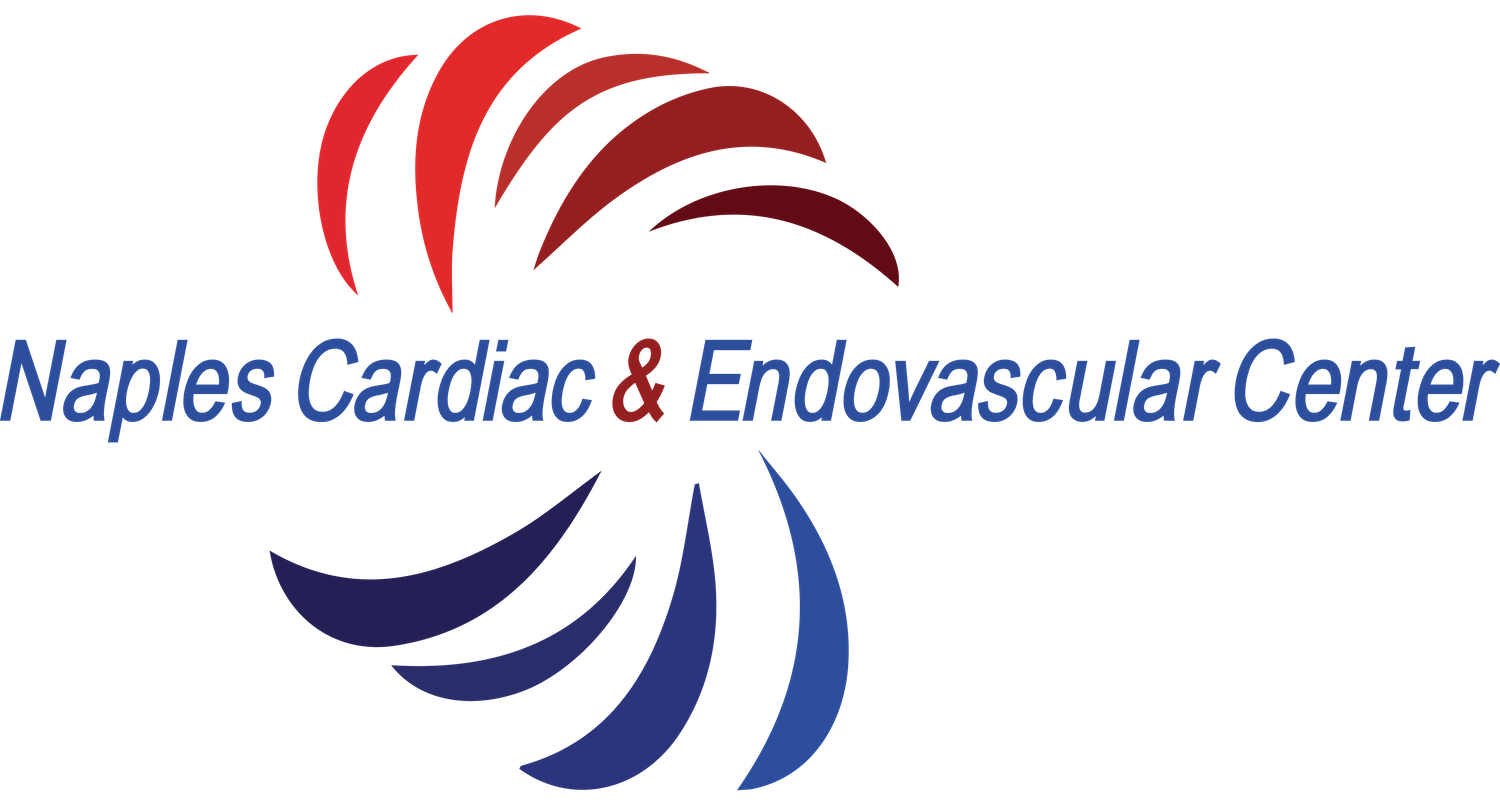Atrial fibrillation overview
Atrial fibrillation (AF or A-Fib) is a type of heart rhythm disorder or arrhythmia characterized by an irregularly irregular rhythm that is associated with an elevated risk of stroke. According to the Centers for Disease Control and Prevention, AF affects about 5.7 million people in the United States.
Dr. Labovitz discusses atrial fibrillation, its symptoms and treatment options.
What causes atrial fibrillation?
Atrial fibrillation may be caused by:
lung disease
sleep apnea
unhealthy dietary patterns
obesity
excess alcohol intake
thyroid gland disease
heart valve abnormalities
medication side effects
illicit drug use and other factors.
In many cases, the cause of atrial fibrillation is not known.
What are the symptoms of atrial fibrillation?
AF doesn’t always cause symptoms. But when it does, symptoms affect people in different ways. Some of these symptoms include:
fatigue
dizziness
shortness of breath
How is atrial fibrillation diagnosed?
Your doctor will obtain a detailed history and perform a physical examination. This is followed by an electrocardiogram (EKG), blood tests; an echocardiogram, stress test or prolonged heart rhythm monitoring may recommended. Sleep studies are advisable in patients who report symptoms of sleep apnea. In certain situations, a heart catheterization and electrophysiology study may be necessary.
How is atrial fibrillation treated?
Treatment depends on how atrial fibrillation is affecting your quality of life. A rhythm-control strategy involves taking anti-arrhythmic drugs and/or performing procedures to restore your heart rhythm to normal. Procedures may include cardioversion, catheter-based ablation or surgical-based ablation. A rate-control strategy is focused on controlling your heart rate to avoid potentially dangerous fast heart rates. Anticoagulation (blood thinner medication) is indicated to reduce your stroke risk. Reversible causes are identified and eliminated or controlled.
To request a consultation click below or call (239) 300–0586


